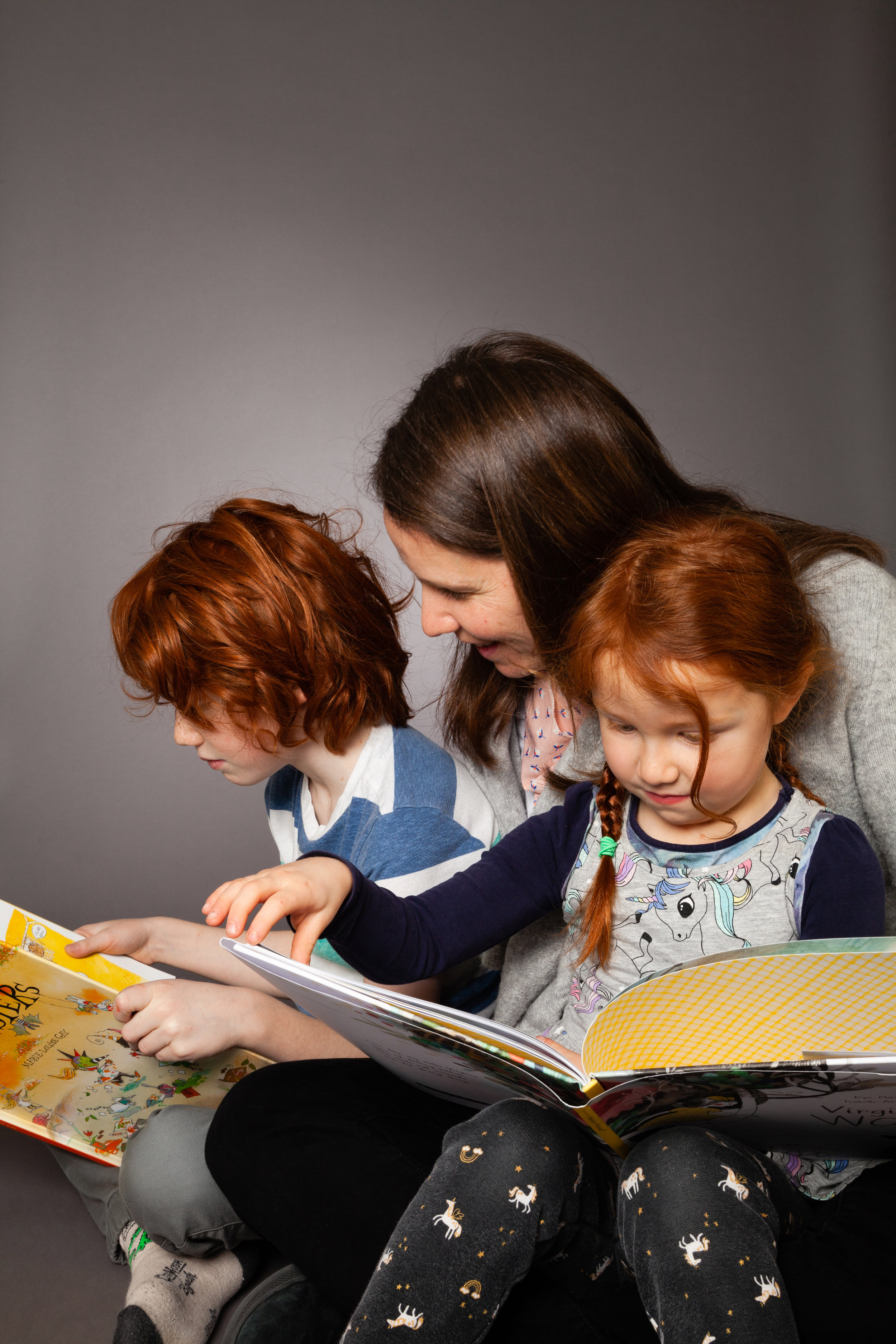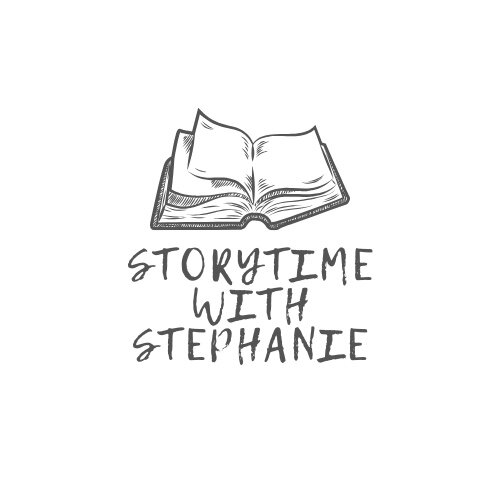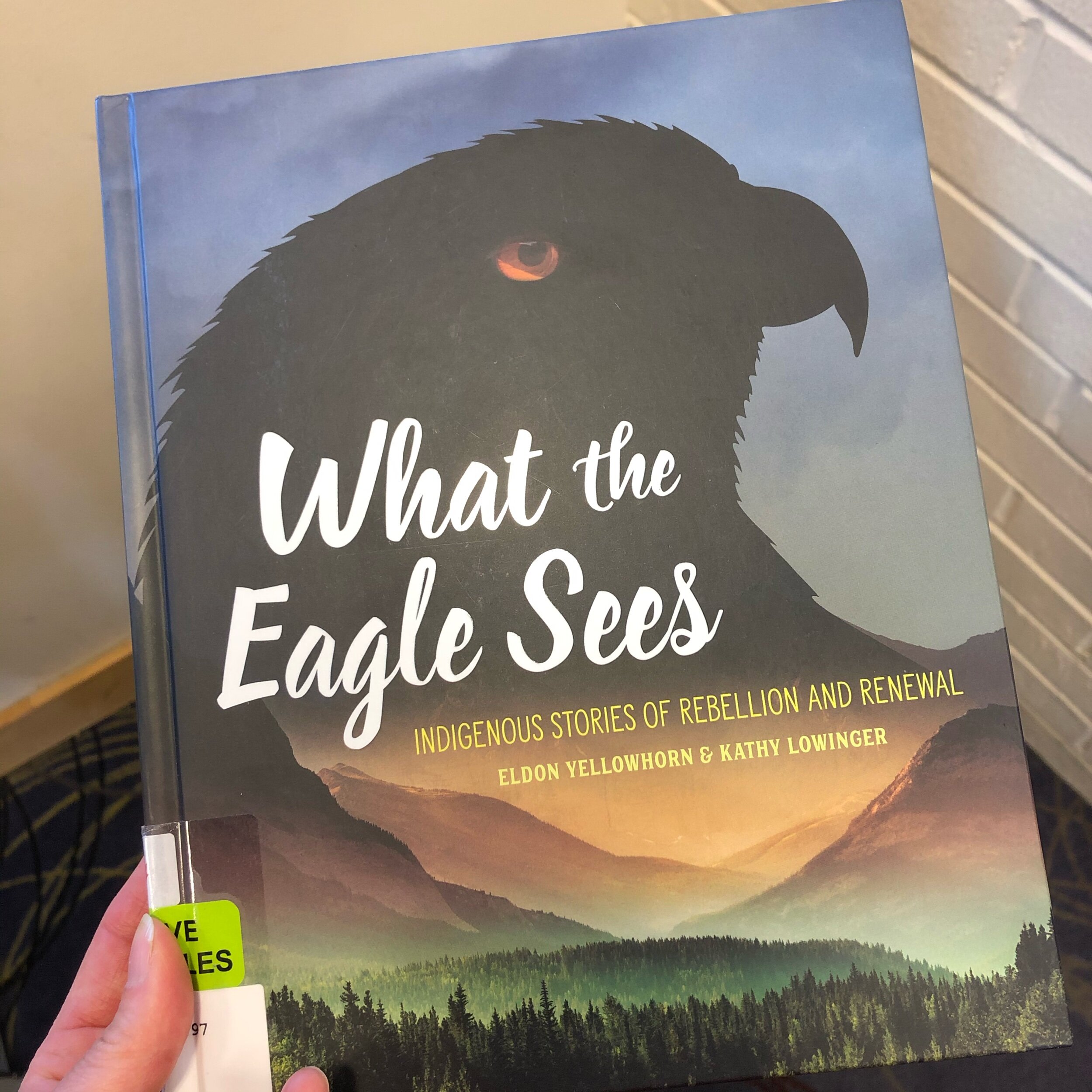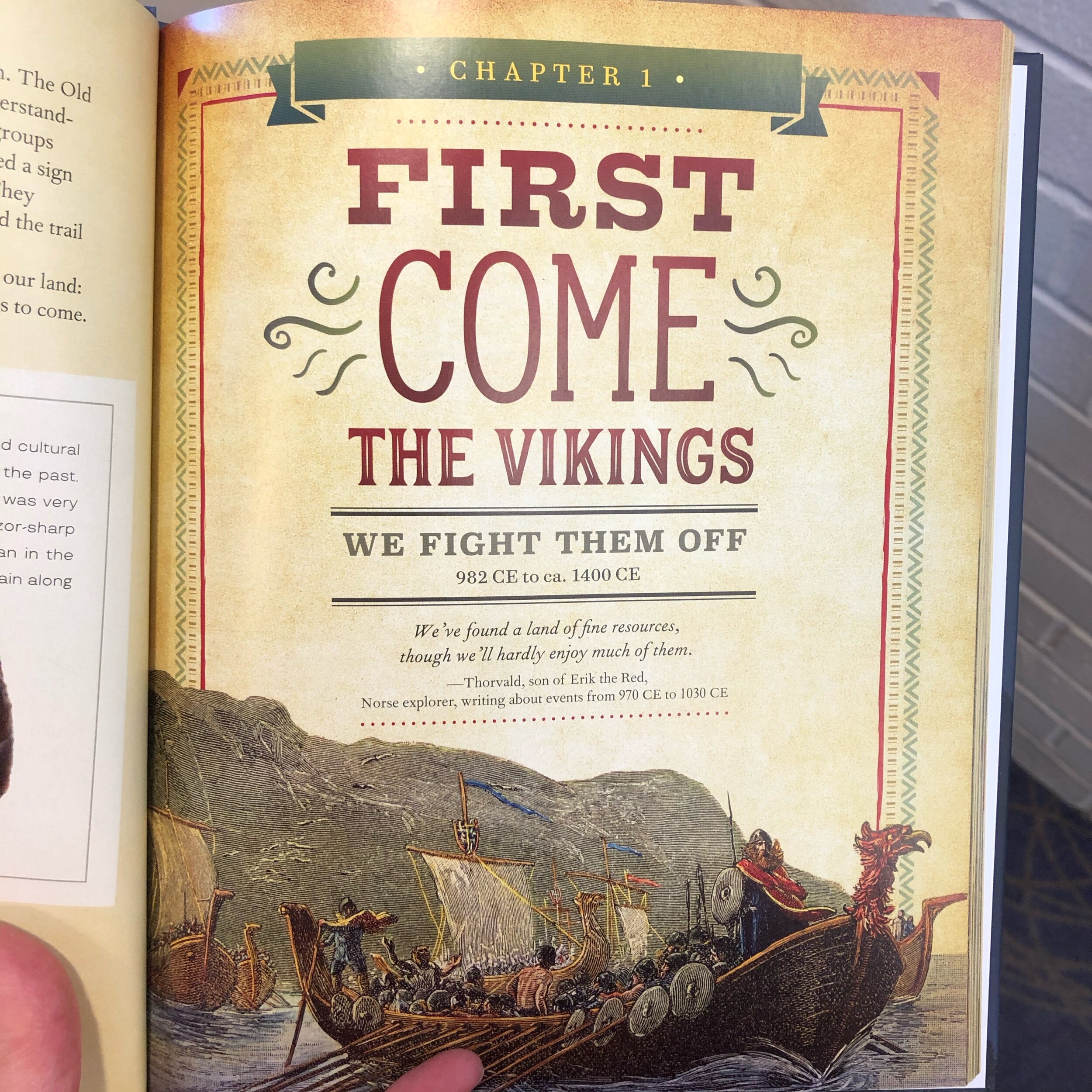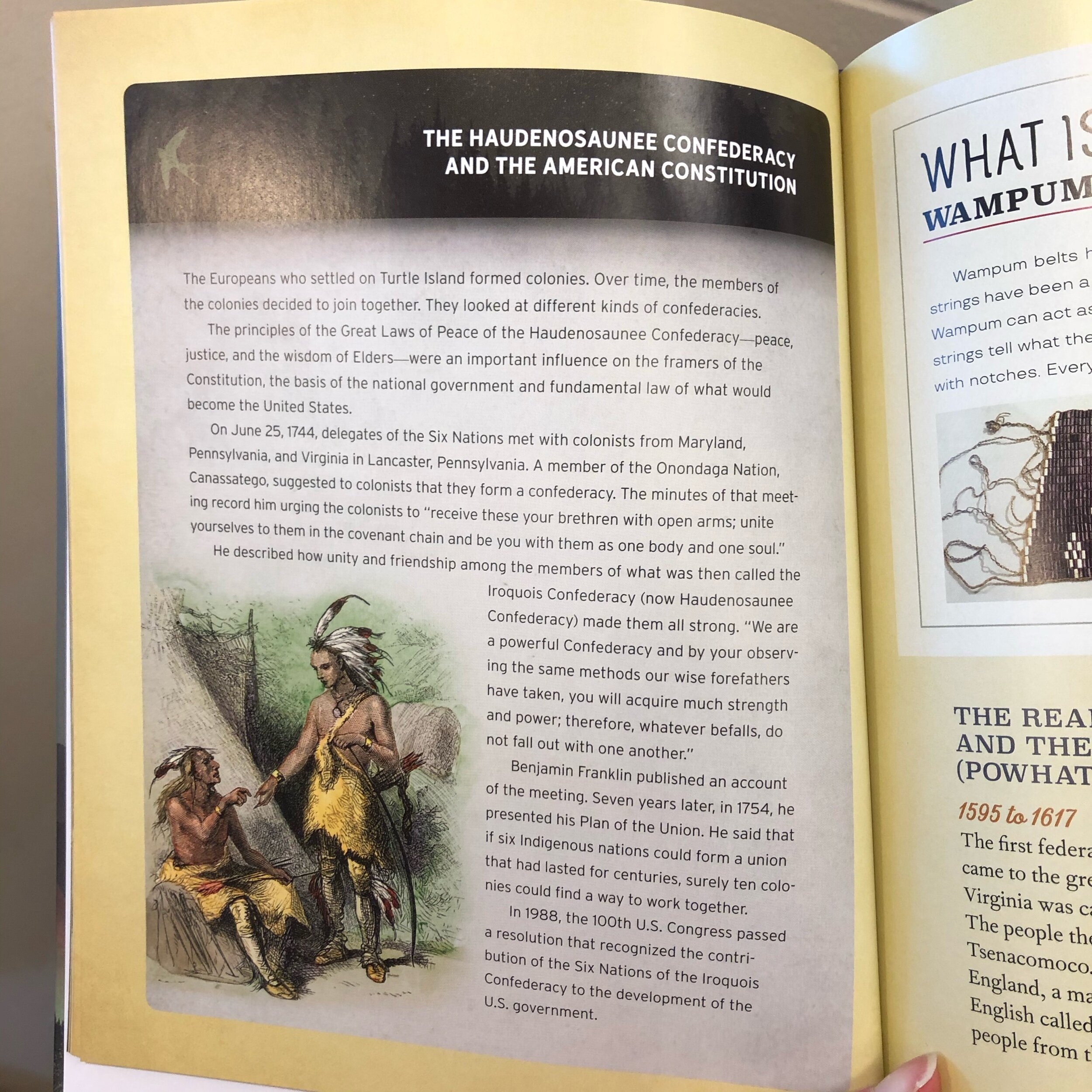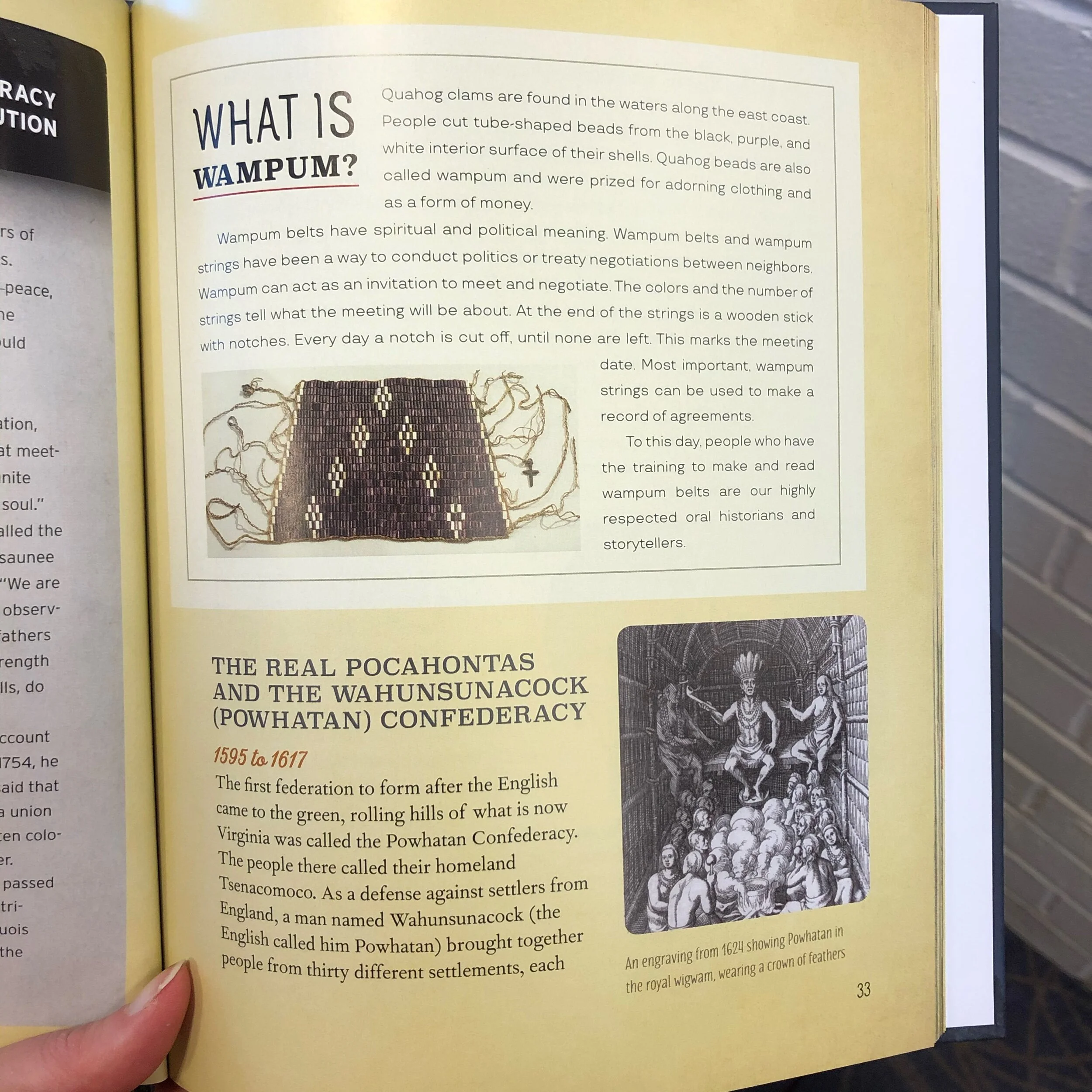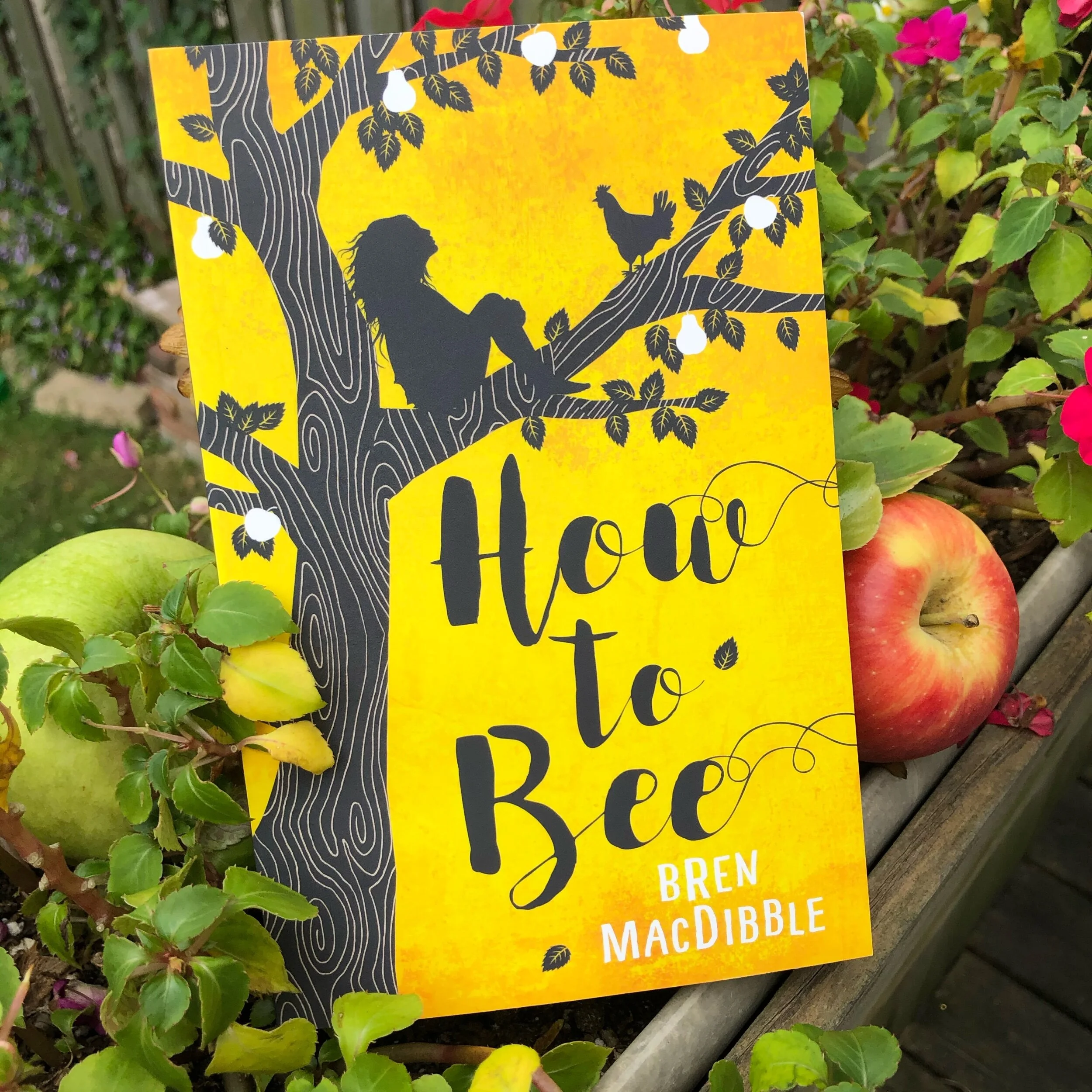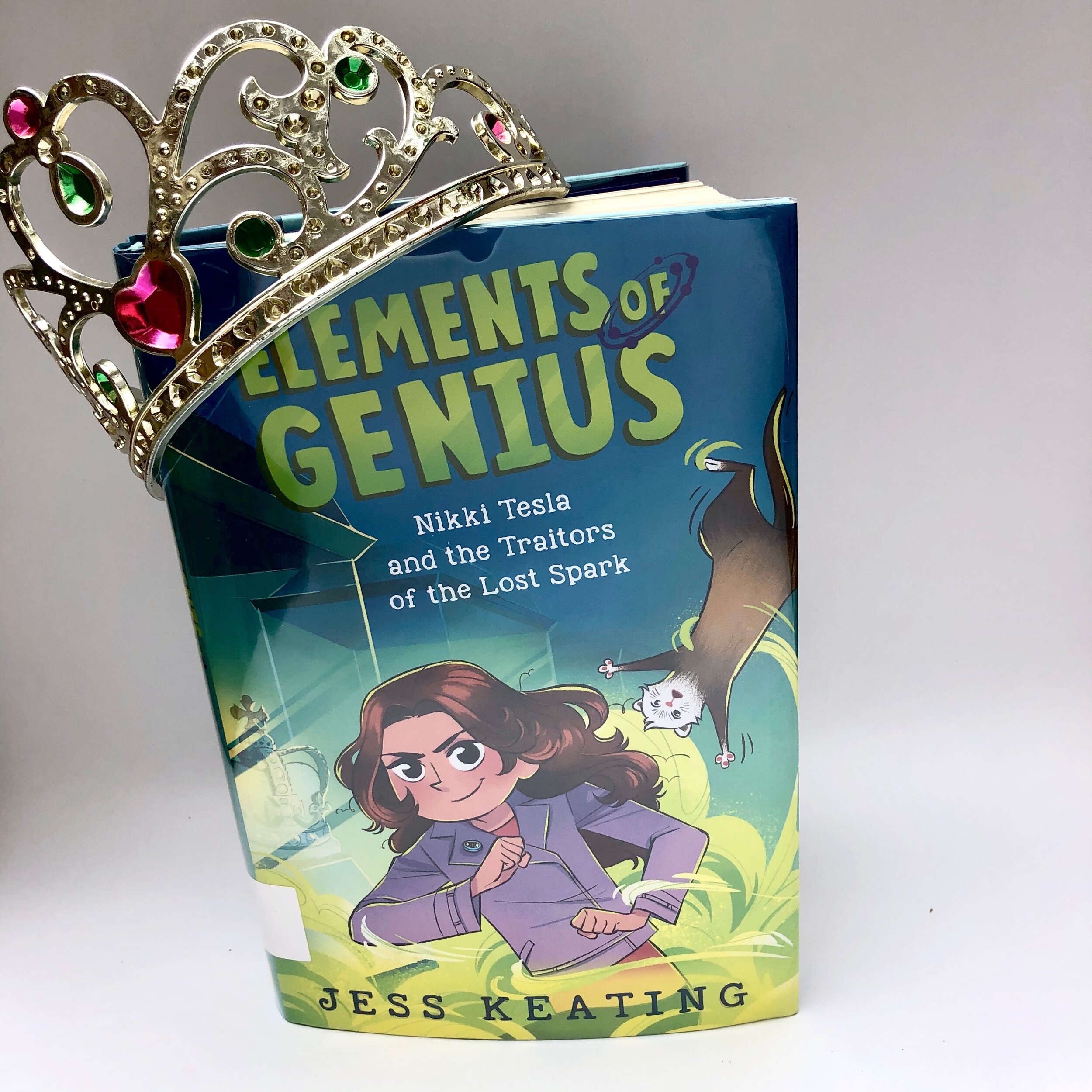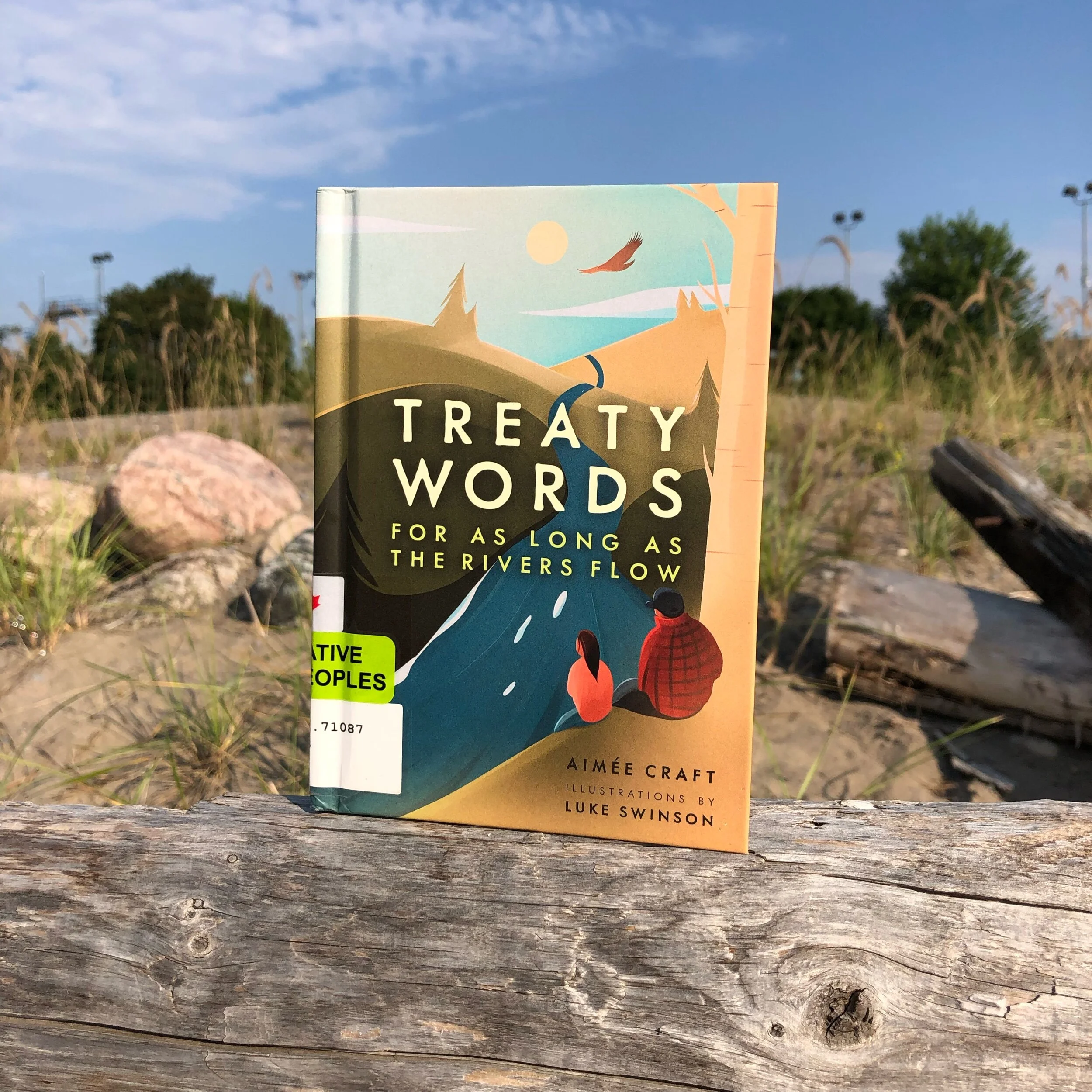Critical Non-Fiction Text
Non fiction books are some of the best ways in which we learn about people, places and things. We can learn about everything under the sun through these texts. However, these books need to be vetted to ensure the information they provide is accurate and appropriate. I wouldn’t want to read about baseball from a biologist who has never picked up a baseball, likewise I would not want to learn about Indigenous history in books written by settlers.
What the Eagle Sees by Eldon Yellowhorn and Kathy Lowinger aims to educate youth about the history of Indigenous eople of Turtle Island. It is a critical text for classrooms as it provides us with the history of First Nations, Métis and Inuit people through their own lens. It is an Own Voices text that travels back 10,000 years to the beginning of Turtle Island and journeys to the present, providing us with a more complete picture of the problematic colonization of Indigenous people and how they resisted and continue to resist that persecution.
For Canadian educators and parents, it’s important to note that although many of the items in this book seem to focus on people who live south of the border, historically there was no Canada, United States or Mexico. All Indigenous people lived and continue to live on Turtle Island which has no borders as we know them today. Different Nations occupied various territories on Turtle Island but the Nations crossed what we use as our boarders today. There are many examples of how both settlers in Canada and the United States aimed to assimilate Indigenous people and how they fought with all of their being against assimilation.
What the Eagle Sees is an inspiring book especially for children of Indigenous ancestry as it explains with pride the strength, resilience and resistance in their ancestors and themselves. It also provides a critical lens for settlers about how our ancestors took these lands from the people who were already here and continue to perpetuate the intergenerational trauma Indigenous people face. I would strongly recommend this book for every classroom studying life in early Canada. While the Ontario curriculum is beginning to open the doors to learning about Indigenous life in Upper Canada there are still significant gaps that need to be closed. Honest texts by the people who have lived the experiences we are trying to understand are one way we can begin to close those gaps.
